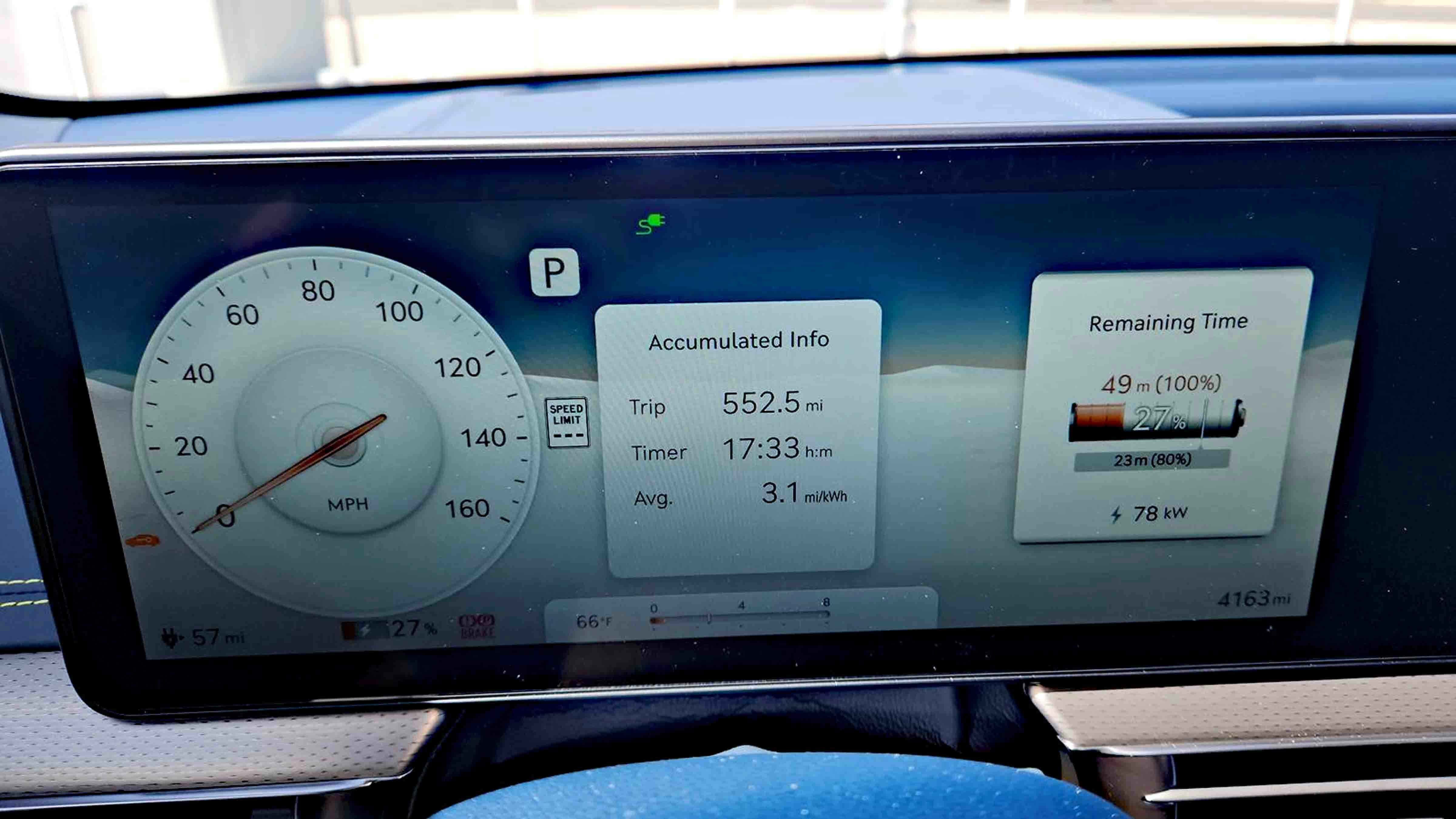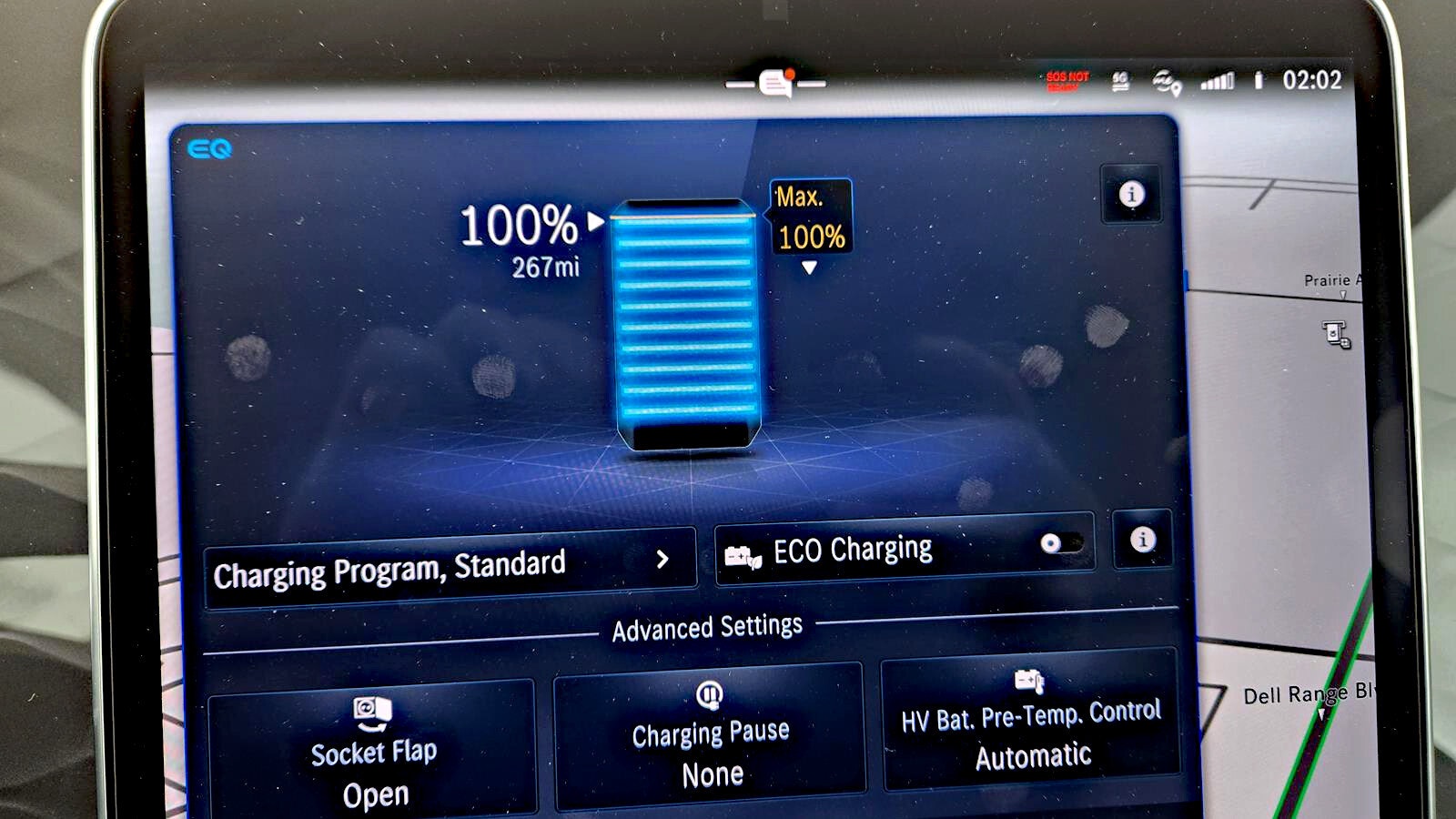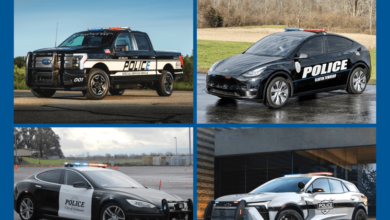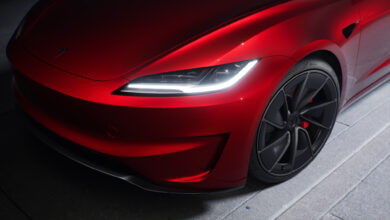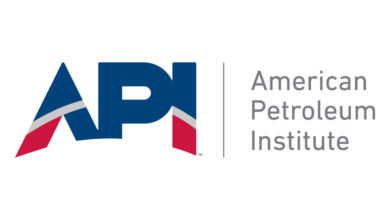Aaron Turpen: Electrify America Chargers In Cheyenne — A Case Study
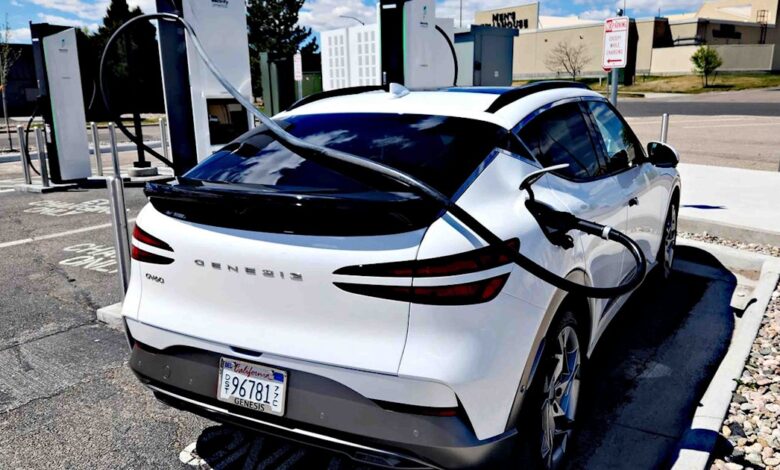
Over a few weeks’ time, I visited the new Electrify America fast chargers at the Target parking lot in Cheyenne.
I logged the experiences to create a sort of simple case study of what using public charging stations for electric vehicles is like here.
My goal was to try the charging stations, talk to the people who also use them, and find out what the current (see what I did there?) state of EV charging is in this part of the world.
My conclusion is that it’s still pretty hit and miss.
Target Parking Lot
Over about three weeks’ time, I had three separate electric vehicles from three different automakers. All of them use the SAE CCS1 charging protocol and plug (also called the “J1772 Combo”).
The charging stations at the Cheyenne Target store parking lot also use this standard. It’s the common plug-in for Level 3 and above fast charging for all EVs made to-date with the exception of Tesla models.
This will change soon as most automakers are moving to Tesla’s NACS plug-in standard starting next year.
The Electrify America chargers have a charge rate of up to 350 kiloWatts per hour (kW or kWh) per station.
I visited the charging stations seven times over the three week period during daytime workday hours, usually between 11 am and 3 pm.
Mercedes, BMW, Genesis
Test vehicles included a Mercedes-Benz EQE, a BMW i4, and a Genesis GV60. All 2024 model year vehicles loaned to me as part of the respective automaker’s press fleet programs.
It’s important to note that each vehicle has a different maximum charge rate and that maximum rates are usually only attained during the first 10-30 percent of the battery’s charge.
After that, it will be on a downward curve, slowing as the batteries get more full. This is to control heat and battery expansion as batteries fill.
During the first week with the Mercedes-Benz EQE, I charged the vehicle two times at the EA stations. The first charge started with the EQE’s battery at about 53 percent and it was charged to 82 percent after a total of forty minutes of charge time.
The Mercedes is limited to 180 kW of charge due to its battery management design. That’s relatively slow for an EV at a fast charger. There were several other cars at the charging stations that afternoon (the Mercedes was one of four) so the slow down could have been due to the other vehicles also using power.
I believe it was a combination of low charge output from the charger and the vehicle’s fairly conservative approach to charging.
The second charge visit was a little better, averaging 128 kW during a 66 minute charge. I was the only person using the chargers at that time.
Connection Problems
The next week, I took the BMW i4 to the chargers. The first visit was earlier in the day, just before the lunch hour, and there was one other car at the chargers.
I plugged in and spent about five minutes attempting to get a connection. The car would connect with the charger and begin taking a charge and then inexplicably stop the charge and claim a disconnection.
The person charging a Volkswagen at another plug came out of the target and said they’d had the same issue and were going to just give up on it and try to get to Wellington and charge there.
After a few more attempts at getting the BMW to connect, I also gave up. It was clearly the EA chargers having an issue with communication and not the car.
I returned a few hours later and attempted to plug the BMW in again. Same result. During that visit, two other drivers pulled in to plug in and both had the same issue. Clearly it was Electrify America having troubles.
A few days later, now at about 23 percent charge, I pulled in and plugged in the BMW i4 again. This time, charging worked fine.
One of the charging stations (the first I pulled into) was not working, but I hadn’t noticed the screen saying “Out of Service” until after pulling in.
So I repositioned to another spot. The plug worked on the first try and the car began charging. I stayed for about 70 minutes and was at 98 percent (from 23 percent) when I left.
Upon leaving, I noted that the out of service charger was now back online. Since no repair truck had appeared, I assumed the fix was software. The i4 has a maximum charge rate of 210 kW, but I did not see faster than 180.
Hit And Miss
The next week, I took a Genesis GV60 to the EA plugs. The first visit, it connected right off and began charging quickly.
Finding the maximum charge rate for the GV60 is difficult, as the company claims a 10-80 percent charge time of as low as 18 minutes, but no ready details for maximum charge rates.
After some digging, the maximum input rate is 230 kW, making that charge time claim realistic. In about half an hour, the vehicle went from 58 percent to nearly 100 percent.
On the next visit, with the GV60 at about 40 percent charge, the EA plugs were again not working. Connections were failing and no credit card or membership app processing was happening at the plugs. More communications issues. Other drivers there were also not able to get a charge.
I returned two days later and had no issues plugging in and getting recharged. This time, I was there about 40 minutes and charged to 96 percent from about 31 percent.
Finicky
My experience at the Electrify America chargers in Cheyenne seemed to be similar to what other EV drivers who use the plugs have experienced.
They’re busiest during the lunch hours (about 11 to 1) during the day and many of those using them at those times are plugging in and leaving with someone else to go grab food.
A few, like myself, would sit in the car and work on things or stare at a phone. The nearest food is the Starbucks in Target and Perkins restaurant. If one is willing to walk, the Frontier Mall and its food court is a quarter mile or so across the street.
The chargers also finicky. Forums and groups across the Internet are full of people who have issues with EA chargers.
From plugs not working to intermittent outages and broken connectors, it’s not a network with a perceived reputation for reliability. On the other hand, the phone app and connected ChargePoint and EVgo membership cards all work at the EA stations when the stations themselves are working.
Charge Rates
And charge rates are reasonable, with my most expensive charge having a cost of $18 and the least expensive being $9. We can compare that to my home charger, which takes a lot longer to deliver a full battery in any given EV, but with a cost of about $4.50 on average.
It’s worth noting that many manufacturers include some fast charging access free of charge. BMW, for example, gives 30 minutes of fast charging for free as a daily benefit – enough to get about 50 miles of range into most of their EVs.
Genesis has a similar program. I did not subtract these from the charging costs above, but it would have effectively cut them in half.
Not Ready For Prime Time
My conclusion from my own experience plus the experiences of those I spoke with at the chargers was that EV fast charging is definitely not really ready for prime time.
At least not in Cheyenne with the Electrify America stations. With more competition and with most plug-ins moving to the Tesla (NACS) standard, though, it will be interesting to see how the Tesla charging stations hold up with the higher usage rate.
EA has stated that there will be conversions of its chargers to NACS starting next year, but it has not said if or when for Cheyenne’s stations.
For now, the most reliable way to plug in and charge an electric vehicle in Cheyenne is to do so at home. Most of the people I spoke with live here or near here and use the chargers simply because they have free access via their vehicle lease or purchase.
It’s a convenient lunch hour plug in option. Simply plug in, activate, and set the charge time to the free 30 minutes.
For reference, my home charger, which outputs from a 50A plug, takes about ten times as long as the EA chargers to fill an EV.
Aaron Turpen can be reached at: TurpenAaron@gmail.com

